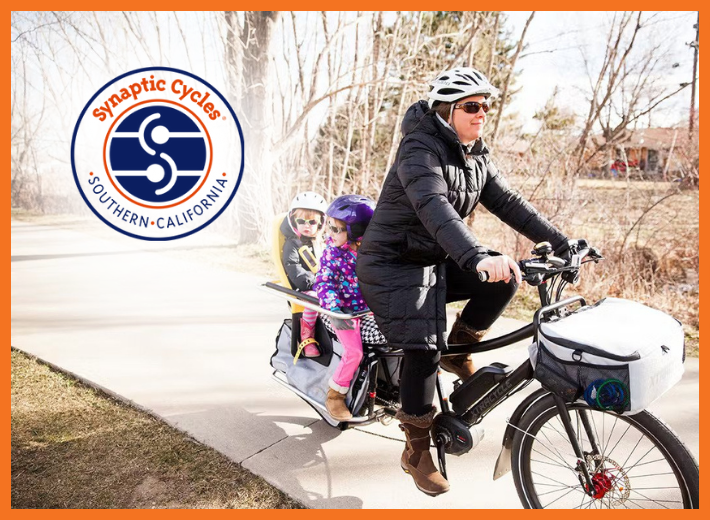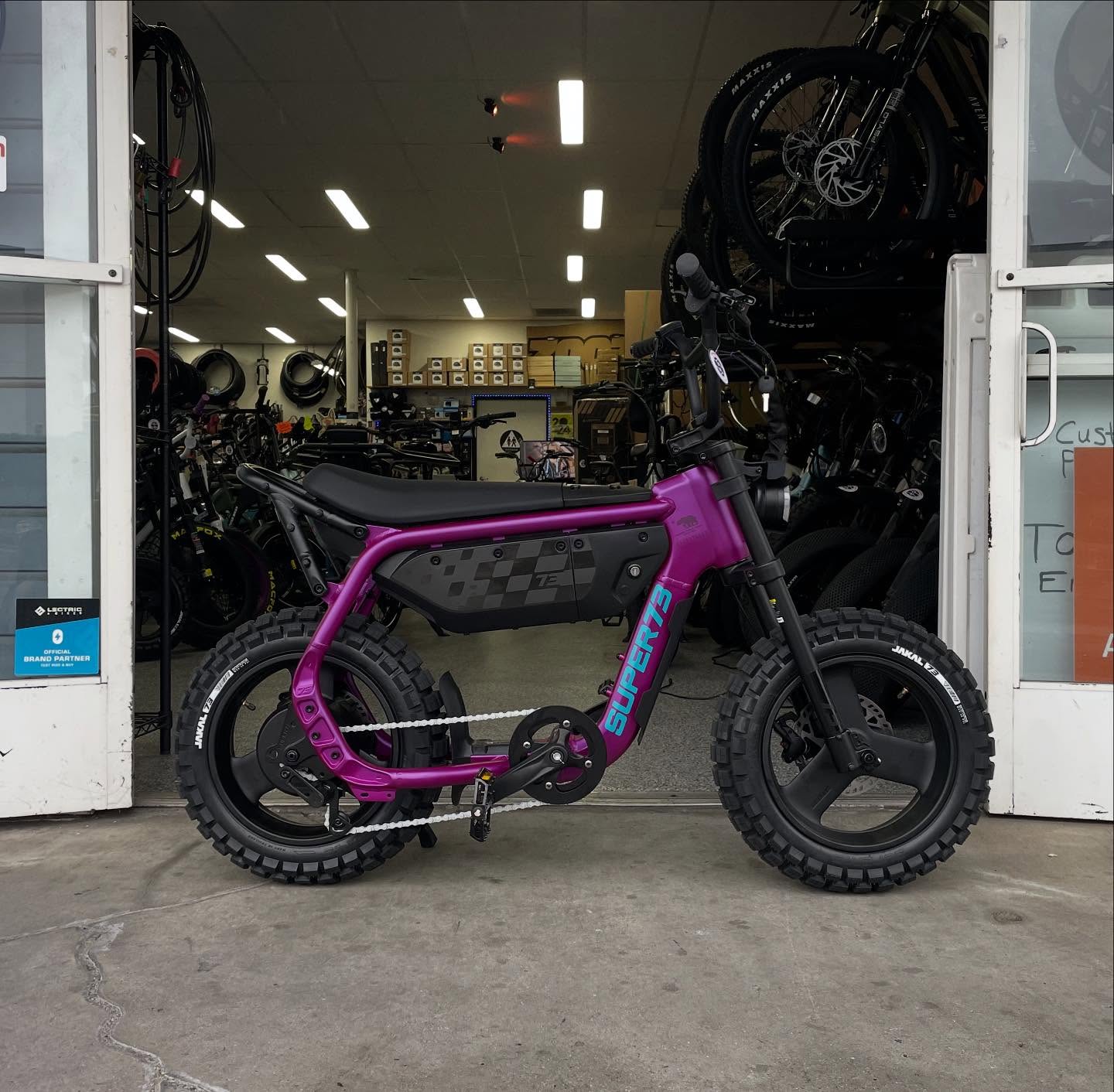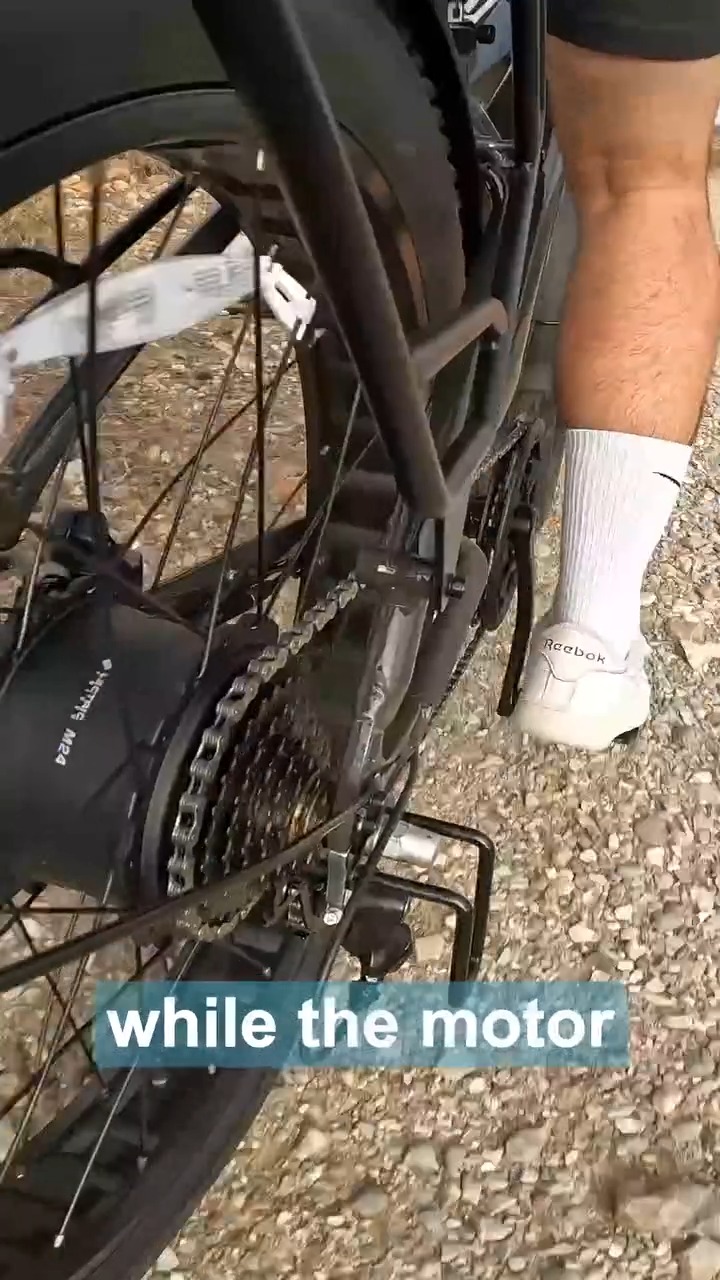 In contrast, maximizing conventional bicycle use would save just 15 million metric tons of carbon dioxide per year, they calculated. “Because bicycles do not have the power assistance of the eBike motor, the distance a person can travel on a bicycle is less than the distance they can travel on an eBike,” the researchers write. That is, eBikes can take the place of more car trips than bicycles can.
In rural and exurban areas, eBike use could save a total of 7.1 million metric tons of carbon emissions per year. That’s greater than the 6.5 million metric tons that could be saved in major metropolitan areas—despite rural areas having only half the total population of major metros.
The findings echo those of studies elsewhere in Europe showing that eBikes have the greatest carbon-cutting potential in relatively sparsely populated areas. But the new study is the first to provide such a fine-grained assessment of e-bike potential over such a wide geographic area.
Per-capita reductions from e-bike use are greatest for rural residents because people in rural areas drive more kilometers per year than those in urban areas, have less access to public transport, and make longer trips—many of which are too long to be made by conventional bicycle or walking.
The results suggest “that eBike promotion policies would be more effective in rural areas to achieve the goal of carbon reduction,” the researchers write. Yet micro mobility service providers, eBike promotion schemes, and funding for active transport have tended to focus on big cities. “The implication is that there is a large untapped potential for eBike use in rural and periurban areas,” they add.
The researchers also identified more than 3,400 neighborhoods where people are vulnerable to economic stress from the financial pressure of car ownership and that simultaneously have high eBike potential. Focusing eBike promotion policies on these areas could reduce carbon emissions and economic stress at the same time.
While the researchers set out to calculate the maximum reduction in carbon emissions that e-bikes could achieve in theory, actually bringing those savings about in practice will require a major policy push, including construction of long-distance cycling paths that link together cities, towns, and suburbs, eBike charging stations at workplaces, and other cycling infrastructure.
Looking to reduce your carbon footprint while enjoying the great outdoors? Try an eBike from Synaptic Cycles! Our rental fleet includes top-quality electric bikes that are perfect for exploring Dana Point without emitting harmful pollutants. Call us today at 949.484.6409 and visit our Facebook page.
In contrast, maximizing conventional bicycle use would save just 15 million metric tons of carbon dioxide per year, they calculated. “Because bicycles do not have the power assistance of the eBike motor, the distance a person can travel on a bicycle is less than the distance they can travel on an eBike,” the researchers write. That is, eBikes can take the place of more car trips than bicycles can.
In rural and exurban areas, eBike use could save a total of 7.1 million metric tons of carbon emissions per year. That’s greater than the 6.5 million metric tons that could be saved in major metropolitan areas—despite rural areas having only half the total population of major metros.
The findings echo those of studies elsewhere in Europe showing that eBikes have the greatest carbon-cutting potential in relatively sparsely populated areas. But the new study is the first to provide such a fine-grained assessment of e-bike potential over such a wide geographic area.
Per-capita reductions from e-bike use are greatest for rural residents because people in rural areas drive more kilometers per year than those in urban areas, have less access to public transport, and make longer trips—many of which are too long to be made by conventional bicycle or walking.
The results suggest “that eBike promotion policies would be more effective in rural areas to achieve the goal of carbon reduction,” the researchers write. Yet micro mobility service providers, eBike promotion schemes, and funding for active transport have tended to focus on big cities. “The implication is that there is a large untapped potential for eBike use in rural and periurban areas,” they add.
The researchers also identified more than 3,400 neighborhoods where people are vulnerable to economic stress from the financial pressure of car ownership and that simultaneously have high eBike potential. Focusing eBike promotion policies on these areas could reduce carbon emissions and economic stress at the same time.
While the researchers set out to calculate the maximum reduction in carbon emissions that e-bikes could achieve in theory, actually bringing those savings about in practice will require a major policy push, including construction of long-distance cycling paths that link together cities, towns, and suburbs, eBike charging stations at workplaces, and other cycling infrastructure.
Looking to reduce your carbon footprint while enjoying the great outdoors? Try an eBike from Synaptic Cycles! Our rental fleet includes top-quality electric bikes that are perfect for exploring Dana Point without emitting harmful pollutants. Call us today at 949.484.6409 and visit our Facebook page.
Reference: [https://www.anthropocenemagazine.org/2022/06/how-much-can-e-bikes-reduce-carbon-emissions/]












